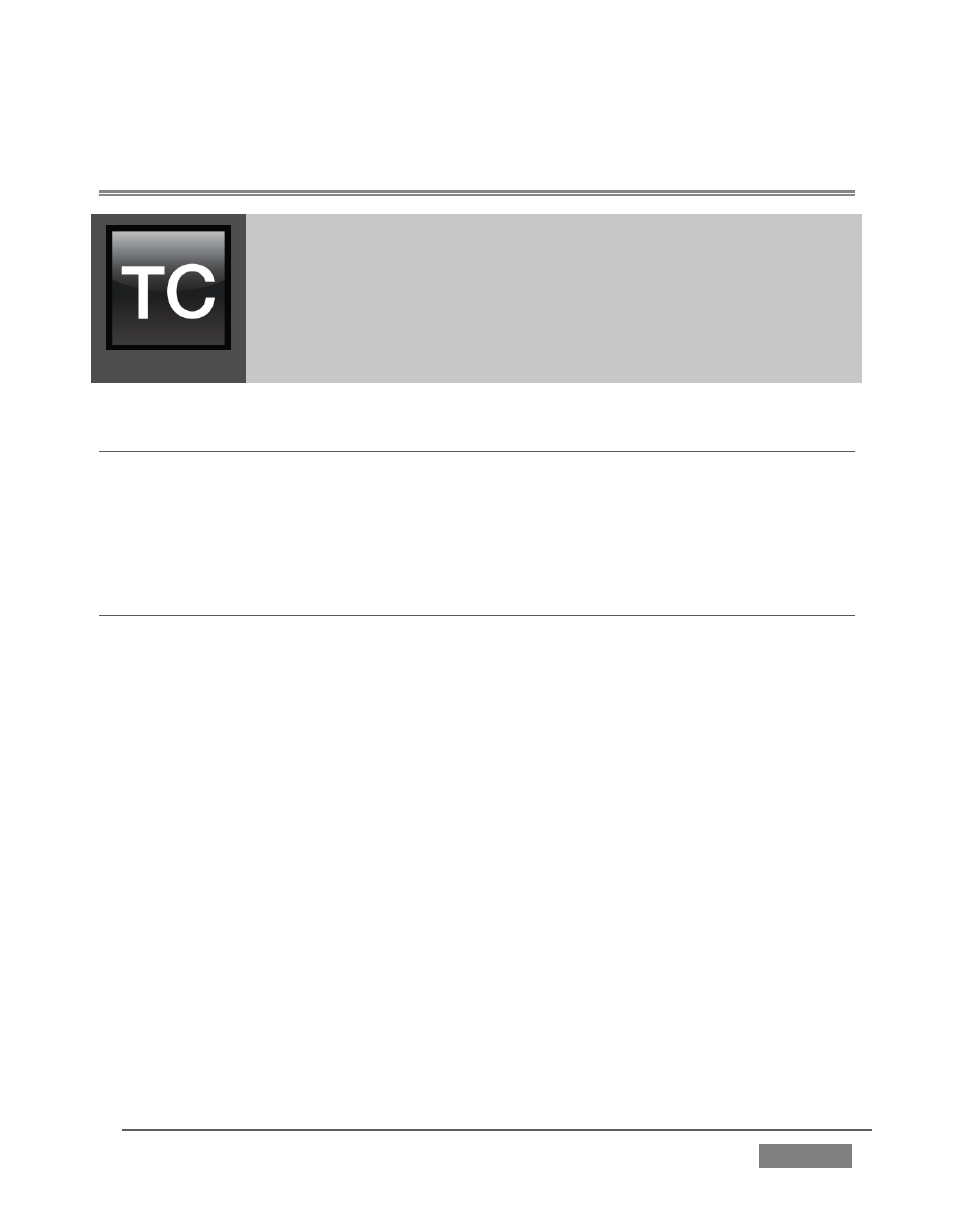Performance considerations, Esting, Erformance – NewTek TriCaster 8000 User Manual
Page 489: B performance considerations

Page | 473
B PERFORMANCE CONSIDERATIONS
Your TriCaster™ has been carefully designed to faithfully execute
its duties under any reasonable circumstances. Still, your
production environment – especially in remote locations – may
impose limitations that you are wise to consider. This chapter
discusses a few matters that may help you get optimal
performance in less than ideal settings.
B.1 TESTING, ONE TWO …
Professionals simply do not leap into new environments blindly. They prepare,
plan, plan some more, and then – most importantly – they test. This allows them to
tackle the really tough jobs with confidence.
B.2 IVGA™ AND PERFORMANCE
Although iVGA™ is highly efficient, it does require significant system resources,
especially when a large portion of the display is refreshed. This is not normally
problematic as – for iVGA purposes – the client system is not required to perform
other concurrent tasks. Its entire duties involve providing a video source for the
(downstream) TriCaster via the iVGA client software. However, it is very unwise to
install and run the iVGA client software directly on a TriCaster itself.
TriCaster’s live video processing requires unhindered CPU and GPU access. Adding
the resource demands of the iVGA client to TriCaster would almost certainly cause
frames to be dropped on output, and should simply never be done. The same
warning applies to other ‘screen-sharing’ or ‘remote desktop’ applications, which
would actually be as bad or worse.
Of course iVGA benefits from the fastest possible network connections between
remote clients and TriCaster even when “used as directed”. This is especially true if
you intend to stream high resolution motion graphics to TriCaster using iVGA.